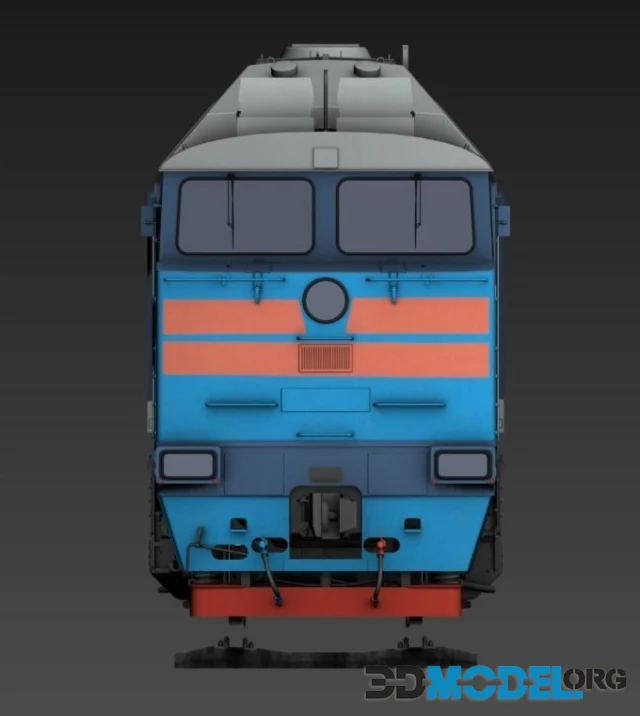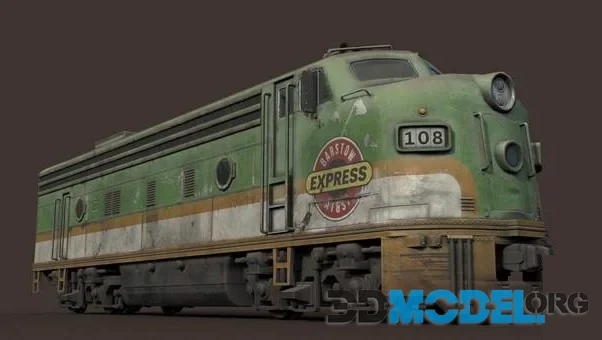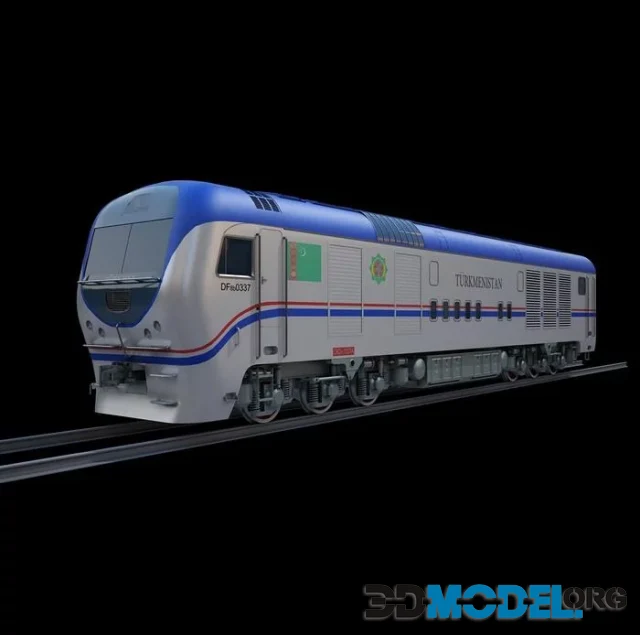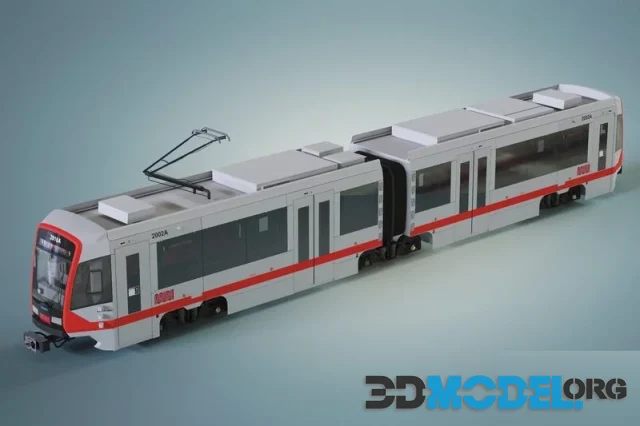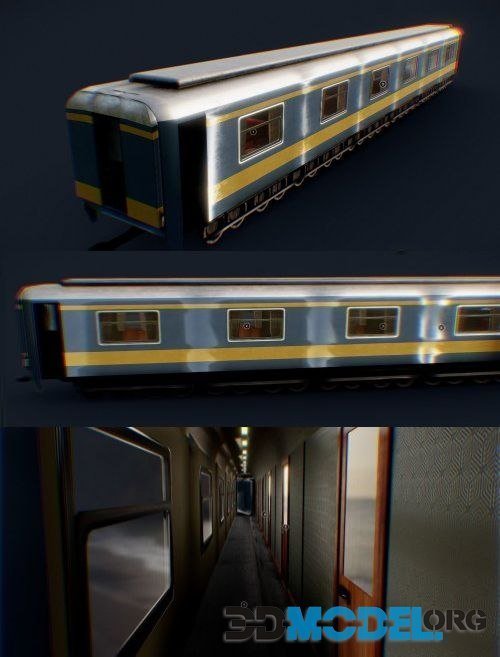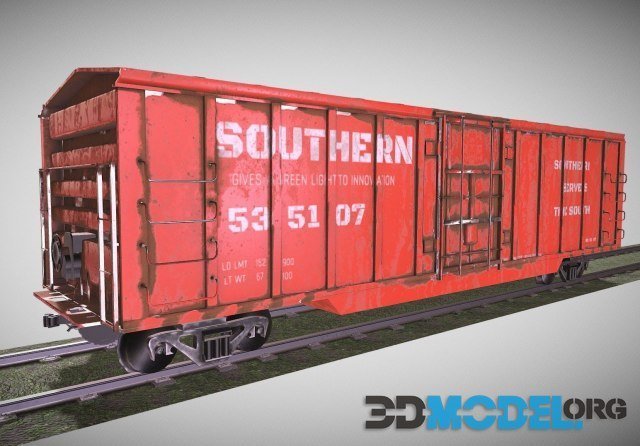Chicago Old Train
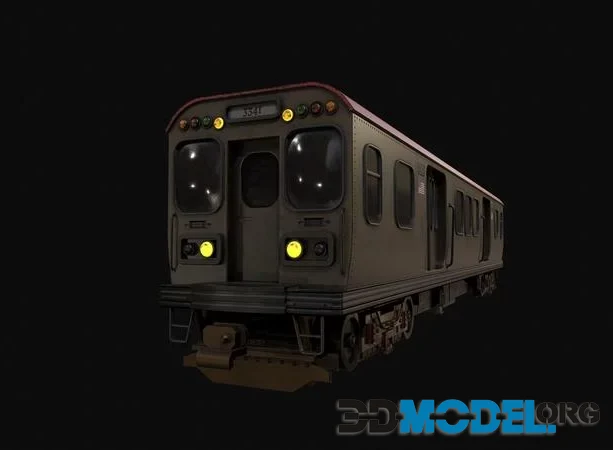
Throughout the 1800s, several privately-operated train lines provided Chicagoans with transportation to and from downtown. These routes were built around several blocks in what is now referred to as "the Loop," a neighborhood located along Roosevelt Road, the Chicago River, and Lake Michigan.
By the late 19th and early 20th centuries, train lines across America had begun to become disjointed and often delayed. To solve this problem, wealthy financier Charles Tyson Yerkes constructed elevated tracks above downtown streets that connected various rail lines together.
He achieved this through deft financial maneuvering and had a profound effect on the city - he created what we now recognize as Loop L.
In six years, the South Side "L" converted to electricity - setting a groundbreaking precedent for future electric trains. Sprague's system used multiple units so each car had its own motor and brake, setting an industry standard that would become widely adopted across other electric trains. Unlike earlier electric trains that emulated steam trains by having one engine at the front and "dead" trailer cars behind, his system utilized multiple units so each car had its own motor and brake.
Garfield noted that the South Side's "L" was the first subway system in Chicago to adopt modern fare cards instead of nickels for ticket purchase, eliminating a two-part fare system which could be tedious for passengers. This was done to simplify things and avoid long wait times at the ticket booths, according to Garfield.
The Chicago Transit Authority also runs Metra, a commuter rail system primarily serving suburban commuters in and around Chicago. While these trains tend to be nicer than L trains, they require a separate ticket purchase for access.
Realistic GameReady 3d-model for any projects. PBR-textures included.
File type: MAX, FBX, OBJ
Ctrl
Enter
Noticed a misTake
Highlight text and press Ctrl+EnterRelated news:
Comments (0)

